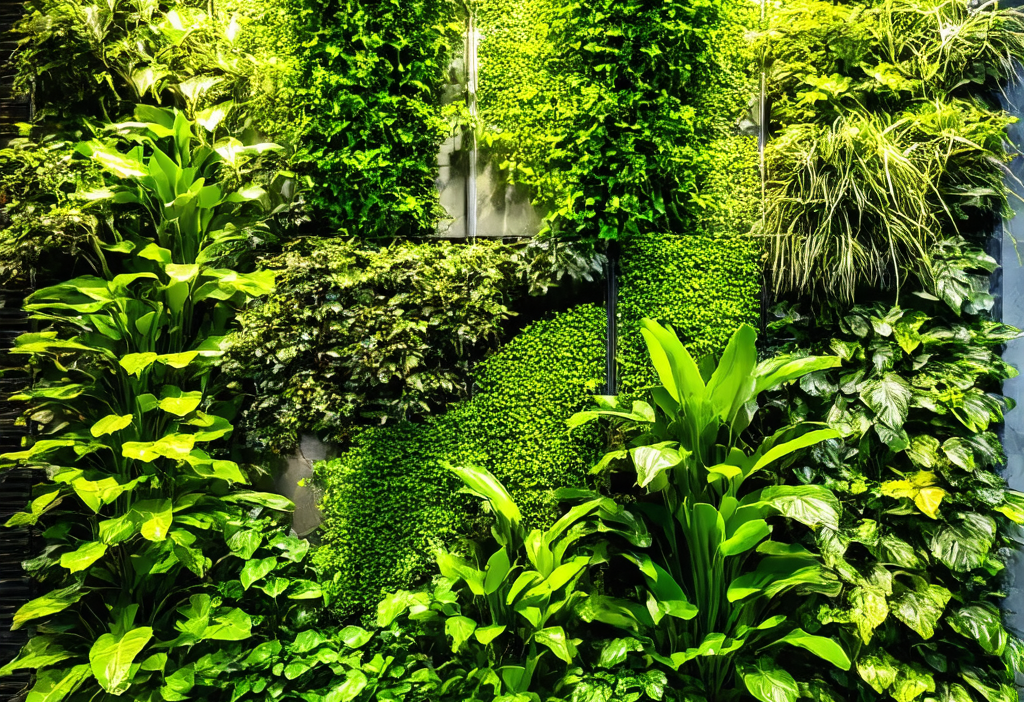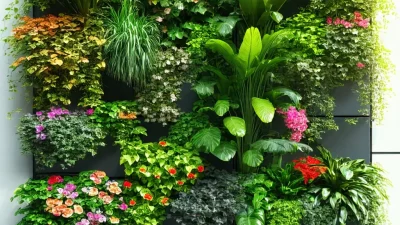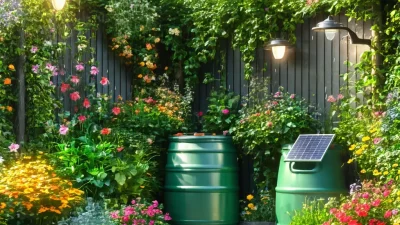Transforming Small Spaces with Vertical Gardening
Gardening doesn’t always require acres of land. In fact, some of the most breathtaking gardens are found in the tiniest of spaces. Enter vertical gardening—a game-changer for urban dwellers and anyone looking to make the most of limited outdoor areas. Whether you’re a seasoned gardener or just dipping your toes into the world of plants, this guide will show you how to create a stunning vertical garden that not only enhances your space but also brings life and beauty into your daily routine.
Why Vertical Gardening?
Vertical gardening is more than just a trend; it’s a practical solution for modern living. With urbanization on the rise, many of us find ourselves in apartments or homes with limited outdoor space. But that doesn’t mean we have to sacrifice our green thumbs. Here are some compelling reasons to consider vertical gardening:
- Maximizes space: Perfect for small balconies, patios, or even indoors.
- Increases aesthetic appeal: Adds a touch of nature to any urban setting.
- Promotes sustainability: Helps in reducing carbon footprint and improving air quality.
- Educational: A great way to teach kids about gardening and environmental care.
But don’t just take our word for it. Experts like those at Gardening Know How have highlighted the benefits of vertical gardens, emphasizing their versatility and adaptability to various living situations.
Getting Started: Choosing the Right Plants
The first step in creating your vertical garden is selecting the right plants. Not all plants are suited for vertical gardening, so it’s essential to do a bit of research or consult with a local nursery. Here are some popular choices:
- Herbs: Basil, parsley, and mint thrive in vertical gardens and can be easily incorporated into your daily cooking.
- Climbing plants: nasturtiums, sweet peas, and clematis add a burst of color and can climb up trellises or walls.
- Small shrubs: Boxwood or lavender are perfect for adding structure to your vertical garden.
- Vegetables: Cherry tomatoes, peppers, and beans can also be grown vertically, providing a fresh supply of veggies year-round.
For more plant recommendations, check out the The Spruce guide on vertical gardening plants.
Designing Your Vertical Garden
Once you’ve selected your plants, it’s time to think about design. A well-designed vertical garden not only looks great but also ensures that your plants have the best chance of thriving. Here are some tips:
- Location matters: Choose a spot that gets ample sunlight—most plants need at least six hours of sunlight per day.
- Consider the structure: Decide whether you want a freestanding vertical garden or one attached to a wall. Both options have their pros and cons, so it’s worth exploring what suits your space best.
- Use the right materials: Ensure that your vertical gardening system is sturdy enough to support the weight of the plants and soil. Materials like recycled plastic or metal are popular choices for their durability and eco-friendliness.
- Add some personality: Don’t be afraid to add a personal touch—whether it’s with unique planters, decorative pots, or even LED lights for an evening glow.
For inspiration, check out the innovative designs featured on Architectural Digest.
Maintenance Tips for a Thriving Vertical Garden
Like any garden, vertical gardens require regular maintenance to stay healthy and vibrant. Here are some tips to keep your vertical garden thriving:
- Watering: Since vertical gardens can dry out faster than traditional gardens, it’s important to water them regularly. Use a watering can or hose with a gentle spray attachment to avoid damaging the plants.
- Fertilizing: Feed your plants with a balanced fertilizer every few weeks to ensure they have the nutrients they need.
- Pruning: Regularly prune dead leaves and branches to encourage healthy growth and prevent pests from taking over.
- Inspect for pests: Keep an eye out for common garden pests like aphids or spider mites. Early detection can save your plants from severe damage.
For more detailed care tips, visit the Royal Horticultural Society website.
Getting Creative with Vertical Gardening
Vertical gardening doesn’t have to be all about functionality; it’s also a fantastic opportunity to express your creativity. Here are some creative ideas to make your vertical garden stand out:
- Use recycled materials: Repurpose old pallets, pipes, or even gutters as planters for a unique and eco-friendly look.
- Add lighting: String lights or LED strips can transform your vertical garden into a stunning night-time feature.
- Incorporate water elements: A small fountain or drip irrigation system not only adds visual interest but also keeps your plants hydrated.
- Go edible: Combine herbs, vegetables, and flowers for a garden that’s both beautiful and bountiful.
For more creative ideas, explore the projects featured on Urban Gardening Magazine.
Conclusion: Vertical Gardening for All
Vertical gardening is a fantastic way to bring nature into your life, no matter how small your space may be. It’s a practical solution that offers both aesthetic and functional benefits, making it a popular choice for urbanites and garden enthusiasts alike. So why not give it a try? With a bit of planning and creativity, you can create a vertical garden that’s as unique as it is beautiful.
Remember, gardening is a journey, not just a destination. Enjoy the process, learn from your experiences, and don’t be afraid to experiment. After all, even the most accomplished gardeners started somewhere!





